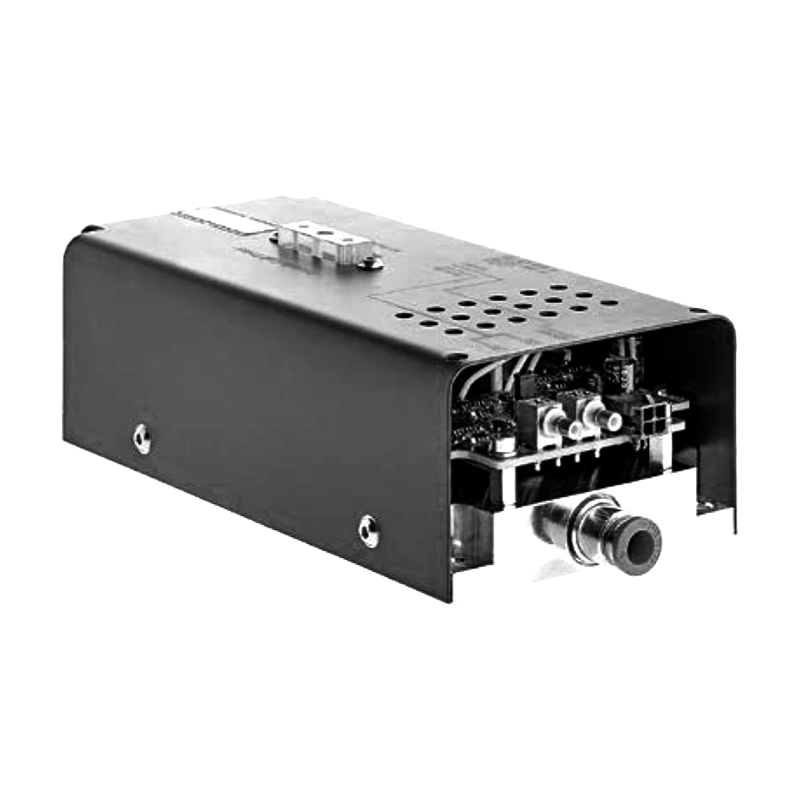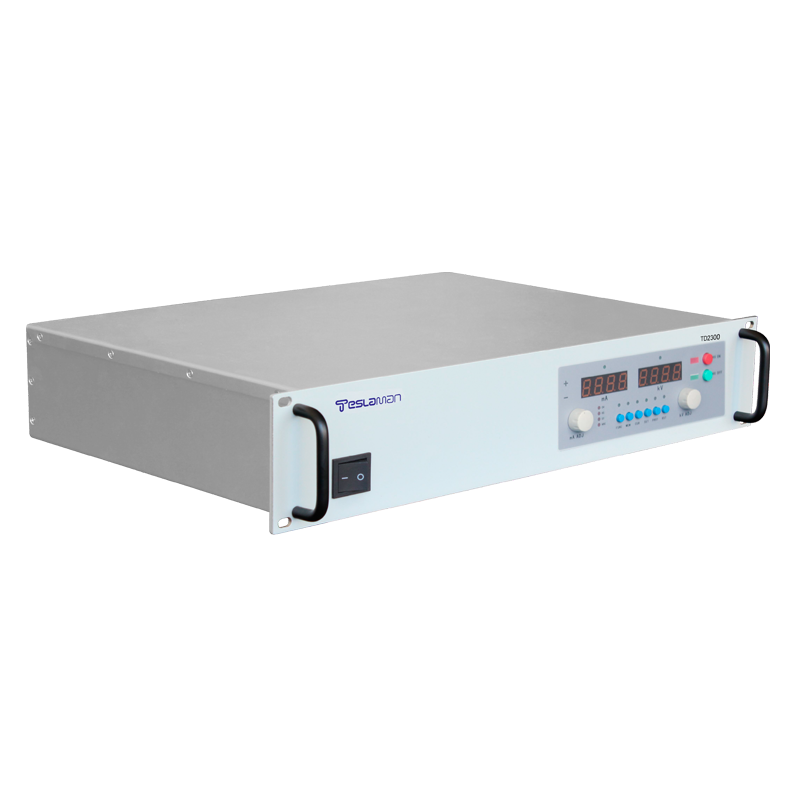Key Technical Applications of High-Voltage Power Supplies in Multi-Channel Synchronization for Electrostatic Chucks
I. Core Role of High-Voltage Power Supplies in Electrostatic Chucks
Electrostatic Chucks (ESCs) are critical clamping devices in semiconductor manufacturing and precision machining. They rely on high-voltage power supplies (typically DC, outputting kilovolts) to generate controlled electrostatic fields on dielectric surfaces, enabling contactless adsorption and release of wafers. Traditional single-channel power supplies face two main challenges in multi-wafer parallel processing:
• Insufficient Synchronization: Unsynchronized multi-channel power supplies cause timing deviations in wafer adsorption/release, reducing process consistency and increasing breakage risks;
• Dynamic Response Lag: Millisecond-scale adjustment of electrostatic forces requires high bandwidth; otherwise, temperature uniformity and etching accuracy are compromised.
II. Core Technical Solutions for Multi-Channel Synchronization
To meet the demands of multi-wafer cooperative processing, multi-channel synchronization technology for high-voltage power supplies requires breakthroughs in hardware architecture and software control:
1. Hardware-Level Synchronization
• Clock Signal Distribution: High-stability oscillators (e.g., TCXO) generate a master clock, distributed via synchronous isolation transformers or high-speed serial links (e.g., JESD204B protocol) to each channel, ensuring timing deviation ≤10ns.
• Phase-Locking Technology: Each power channel integrates PLLs (Phase-Locked Loops) to calibrate local clock phases with the master clock, suppressing temperature drift and noise interference.
2. Software Cooperative Control
• Deterministic Latency Model: Protocols like JESD204B’s deterministic latency mode configure link parameters during initialization, using Multi-Frame Alignment Sequences (MFAS) to synchronize data frame boundaries and reduce inter-channel transmission jitter.
• Dynamic Load Balancing: Real-time adjustment of PWM duty cycles and frequencies across channels prevents instantaneous overload of input capacitors while maintaining output voltage stability.
III. Technical Challenges and Innovations
1. Balancing Synchronization Accuracy and Power Consumption
Multi-channel synchronization requires high-frequency clock signals (e.g., >200kHz), increasing power consumption and EMI. Solutions include:
• Divider Optimization: Synchronous binary counters (e.g., 14-bit) down-convert high-frequency oscillators (e.g., 3.2MHz) to operational frequencies, reducing per-channel power consumption;
• Isolated Transmission: Totem-pole circuits drive isolated synchronization transformers to minimize signal crosstalk.
2. Robustness in Complex Working Conditions
• Closed-Loop State Feedback: Detection modules inject sine waves into ESCs, analyze response signals to determine wafer states (unclamped/clamped/released), and dynamically adjust high-voltage output;
• Fault Tolerance: Automatic re-synchronization protocols triggered upon sync loss, combined with timestamp-based recovery.
IV. Application Value and Prospects
Multi-channel synchronized high-voltage power supplies significantly enhance intelligent manufacturing:
• Semiconductor Manufacturing: 30% increase in parallel wafer processing yield, wafer breakage rates reduced to <0.02%;
• Precision Machining: Nanoscale positioning accuracy achieved via millisecond-scale electrostatic force adjustments.
Future advancements will focus on high-density integration (e.g., GaN devices for miniaturization) and intelligent adaptability (AI-predicted load changes) to meet extreme power demands in advanced processes.




















